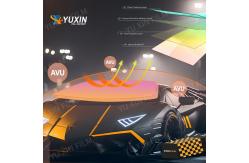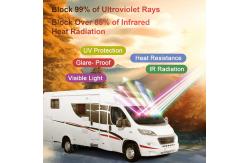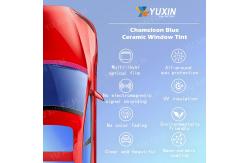Removable Chameleon Window Tint Film No Residue Solar Control Easy Installation
|
Detailed Product Description
ABOUT CHAMELEON WINDOW
What are the differences between different types of window film?
The main structure of car window film What are the benefits of car window film? How do we take care of my tinted windows?To remove your Chameleon tint: Consult a professional window tint service if you do not want to
remove a Chameleon tint yourself. To remove the Chameleon tint
yourself, grab a heat gun, hair dryer or steamer. Remove any
stickers from your car windows. Apply the heating device at a
distance of 5cm away from a corner of the tint. Steam it carefully,
to make the tint peel away. Take your time to peel off the window
tint, taking care not to scratch or smudge the car windows. Use a
soft cloth or sponge to wipe away the adhesive glue. If the
adhesive is particularly stubborn and won’t come off, try wiping
the area with adhesive remover, nail polish remover, washing-up
liquid or WD-40 cleaner. YUXINFILM Factory: Premium Dust-Free Paint Protection Film Production Line
Integrated Super Factory & Full Industrial Chain CapabilityState-of-the-Art Equipment & Technological ExcellenceExpert Teams Driven by Innovation
Stringent Quality Control (QC)
Rapid Delivery & Inventory EfficiencyFAQ: |
||||||||||||||||||||
| Product Tags: Removable Chameleon Window Tint Film No Residue Chameleon Window Tint Film |
Related Products

|
99% Heat Rejection Chameleon Window Tint Film High UV Protection Color Changing |
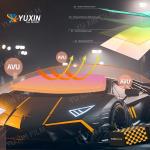
|
Removable Chameleon Window Tint Film No Residue Solar Control Easy Installation |
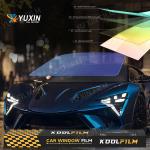
|
2 mil Thickness Blue Chameleon Film Car Window Tint 80% VLT Free Sample |

|
OEM 2 Mil Anti Fog Car Chameleon Window Film For Clear And Unobstructed Vision |
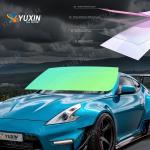
|
Car Window Chameleon Film 99% IRR Chameleon Windshield Tint 2 mil Thickness |
Email to this supplier

